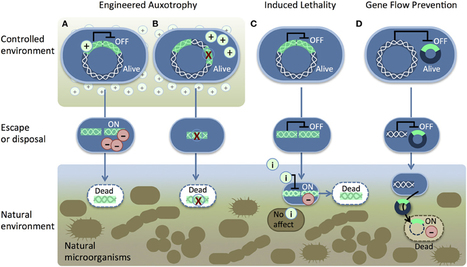Synthetic biology moves us from reading to writing DNA, allowing us to design biological systems from scratch for any number of applications. Its capabilities are becoming clearer, its first products and processes emerging. Synthetic biology’s reach already extends from reducing our dependence on oil to transforming how we develop medicines and food crops. It is being heralded as the next big thing; whether it fulfils that expectation remains to be seen. It will require collaboration and multi-disciplinary approaches to development, application and regulation. Interesting times ahead!
Via Szabolcs Kósa



 Your new post is loading...
Your new post is loading...









